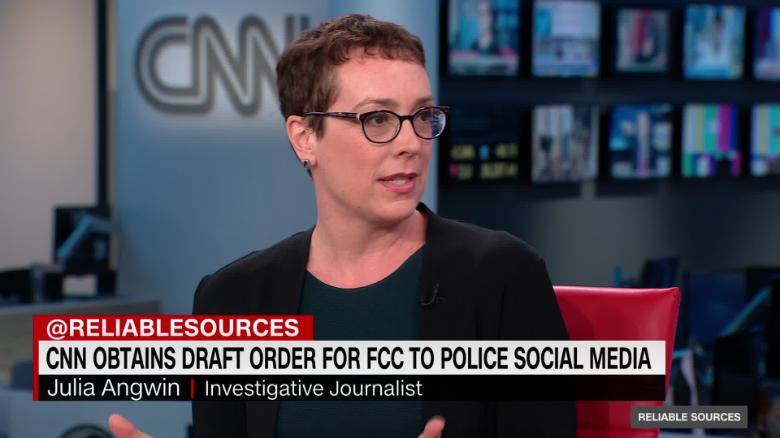==================================================
Source Article:
Federal officials raise concerns about White House plan to police alleged social media censorship
https://www.cnn.com/2019/08/22/tech/ftc-fcc-trump-social-media/index.html
==================================================

